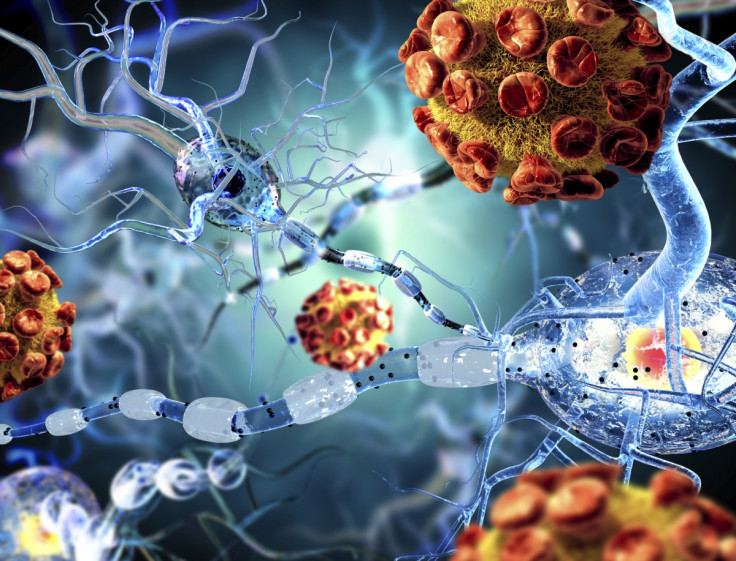Scientists find way to regenerate human tissue using body's natural healing processes
The method makes use of "extracellular vesicle" particles to target cell-level regeneration.

Scientists at the University of Birmingham have discovered a way to regenerate bone and other tissue in humans using the body's natural healing processes.
The method that has been devised makes use of what the scientists are calling "extracellular vesicle" particles to target cell-level regeneration and making use of the body's propensity to heal. They believe that it could be a step forward in the treatment of degenerative bone diseases like the many forms of arthritis as well as multiple sclerosis.
By stimulating cells, the team was able to naturally produce nano-scale particles called vesicles, reports Futurism. "What we aim to do is to capture these vesicles, to purify them and then to exploit them as a regenerative tool," said Dr Owen Davies, EPSRC E-TERM Landscape Fellow at the University of Birmingham and Loughborough University.
As of now, regenerative therapy and medication include skin and bone grafts, tissue transplants, and a few other options, but they are often met with a number of roadblocks, says the report.
For example, grafts lifted from patients have a high chance of morbidity – death of tissue and failure of treatment. Bone tissue transplants from donors run the risk of rejection as well as a number of other side effects and the costs are high, notes the report.
Extracellular vesicle methods have none of these disadvantages, while also working around ethical concerns that stem cell treatments seem to reportedly have.
Sophie Cox, Ph. D., from the School of Chemical Engineering said, "Though we can never fully mimic the complexity of vesicles produced by cells in nature, this work describes a new pathway harnessing natural developmental processes to facilitate hard tissue repair."
Advancements in regenerative medicine could pave the way to treat debilitating illnesses like osteoarthritis and multiple sclerosis – diseases that do not really have definitive treatments.
If proven to be successful, patients might actually be able to see and experience their bodies recover and regenerate. It could even pave a way to help people live longer, or even indefinitely, if they are able to regenerate any tissue that gets damaged or fails, says the report.
The treatment, however, is only in its infancy, say researchers. Proving effectiveness in humans is likely to take a long time after which it will have to pass regulatory processes.
© Copyright IBTimes 2025. All rights reserved.





















